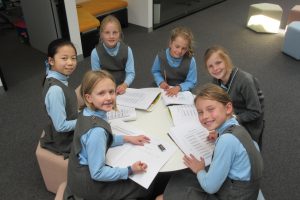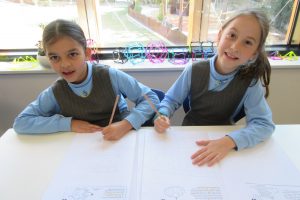NAPLAN, Special Visitors Day and Year 3 Update

NAPLAN
The National Assessment Program – Literacy and Numeracy (NAPLAN) has been conducted and I would like to congratulate the Barbreck girls on their approach to the assessment program. They undertook these tests with a minimum of fuss.
NAPLAN is a set of assessments undertaken by students in Years 3, 5, 7 and 9 across all schools in Australia. NAPLAN tests do not assess content, they assess skills that students develop as they progress through the Prep to Year 10 curriculum. There are four test areas:
- Reading
- Writing
- Language conventions (spelling, grammar and punctuation)
- Numeracy.
Parents can view past tests and sample questions by visiting the National Assessment Program website.
As you will see from the website, the tests are not simple and they require students to apply their knowledge and skills to a wide range of question types. The tests are highly visual and have been tested to ensure reliability and validity.
It is important to note that the assessments test a slice of the curriculum, not the whole curriculum. They can only test skills and understandings through the method of multiple choice, with the exception of writing where students write a response to a given stimulus which usually includes an image.
While the skills and understandings they test are essential elements of learning, and all students should be progressing towards being competent in these elements, schools teach many more elements, both within the curriculum and beyond, such as research skills, collaborative learning, digital technologies etc.
While some schools focus intensely on NAPLAN, there is a danger that this can narrow the curriculum and the learning of their students to focus just on those areas assessed by NAPLAN. At Barbreck, we will continue to offer a broad and comprehensive curriculum, and our dedicated staff will continue to strive to improve the educational outcomes for all students across all areas of the curriculum.
Special Visitors Day
Last week, the Junior School was abuzz with guests in the Prep to Year 3 classrooms for Special Visitors Day. The girls were so excited to welcome their guests, perform for them and show them their classroom, what they have been learning about and introducing them to their friends and teachers. The guests were just as excited as the girls and enjoyed themselves immensely.
Thanks to all of the mums and dads for the lovely food provided. This is certainly one of our much loved calendar events.
-
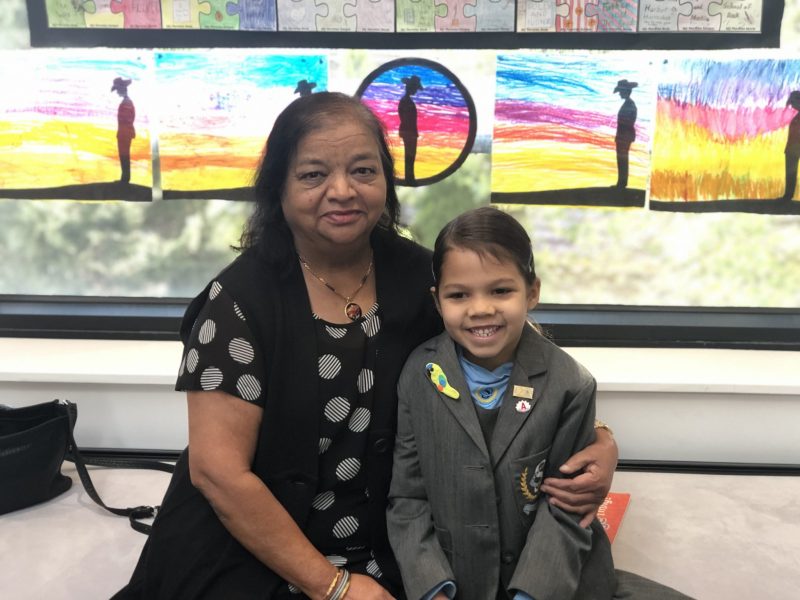
Charlotte Ranchod (Year 1).
-
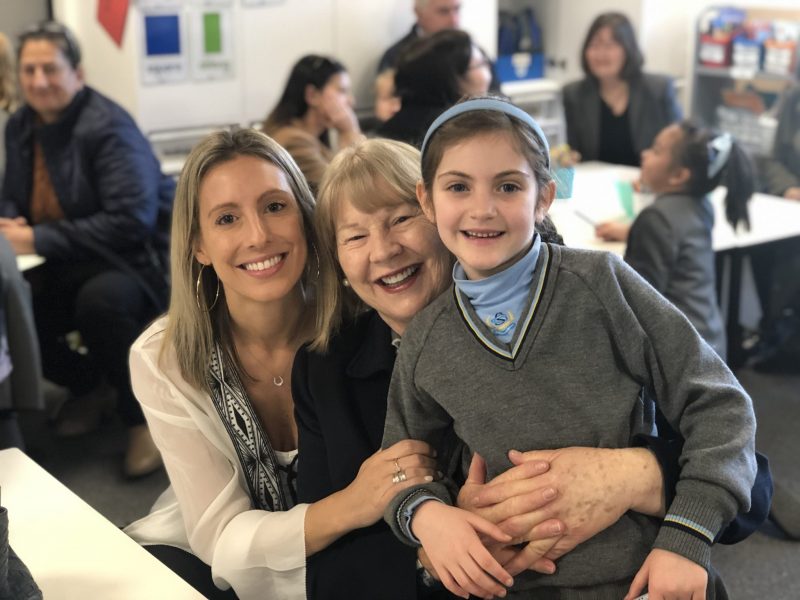
Amelie Lane (Year 1).
-
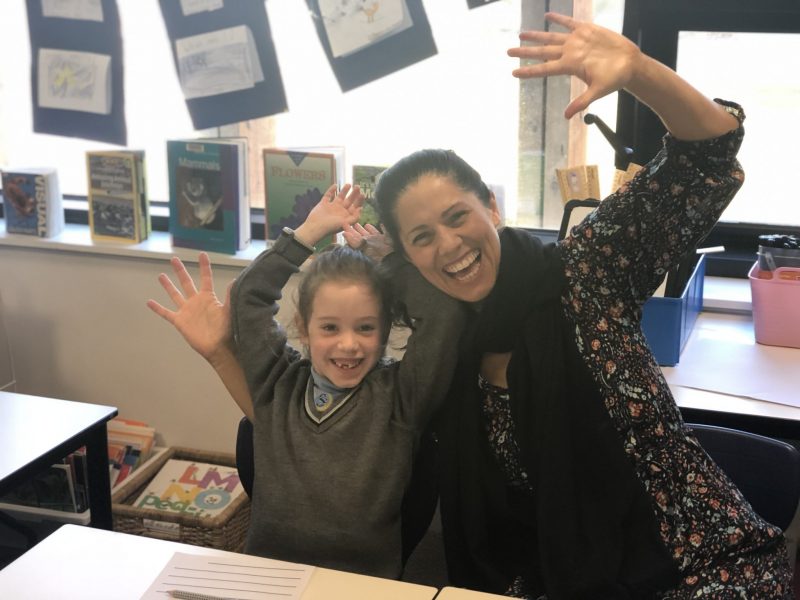
Ruby Carroll (Year 1).
-
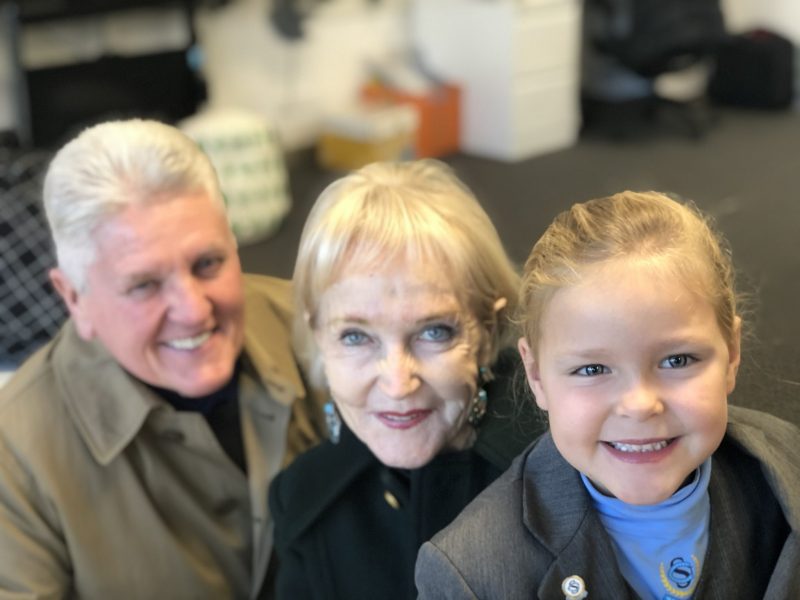
Avalon Pascoe (Year 1).
-
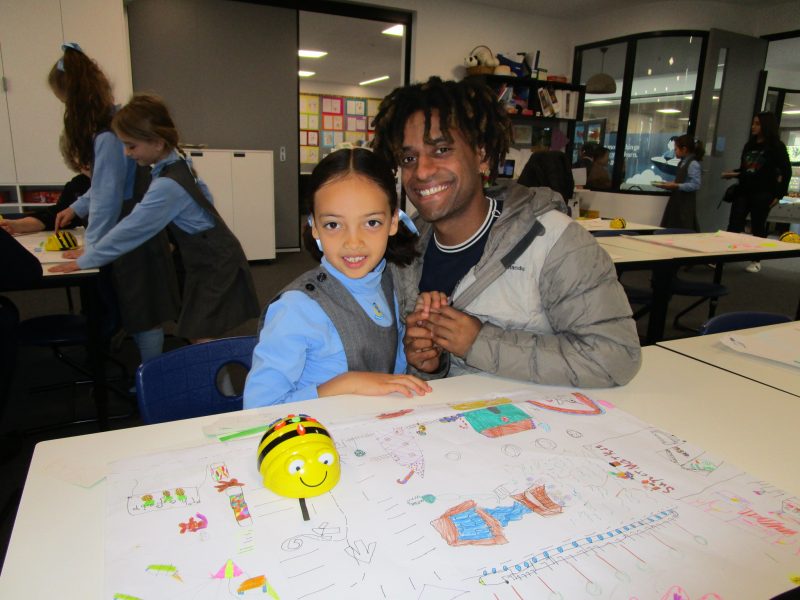
Joy Lovegrove (Year 2).
-

Isabel Flores Pirán (Year 1).
-
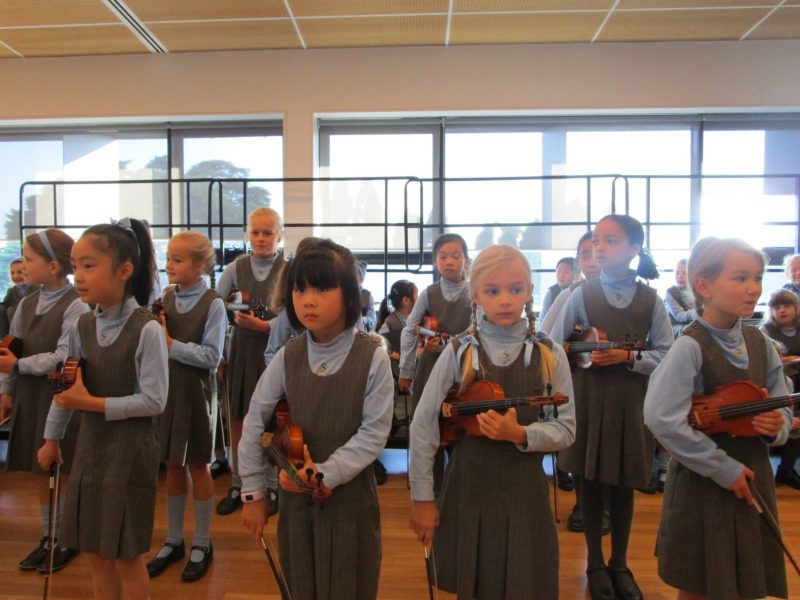
Miya Fei (Year 2), Xin Yan (Vita) Wei (Year 2), Ivana Gattino (Year 2), Charlotte Triolo (Year 2).
Early Years Literacy Seminar
The Early Years Literacy Seminar was held on Thursday 16 May and was well received by all that attended – you were a great audience!
The Seminar explored the meaning of literacy and outlined all of the skills students need in order to become good readers. It also outlined for parents how they can help their daughters with their reading, how to choose appropriate books, the stages of reading and ways in which those stages can be supported.
Another seminar will be held in Term 3 if we receive sufficient interest. Advertising for the next seminar will be through The Blue Ribbon in early Term 3.
Ms Karen McArdle, Head of Junior School
Maths Problem Solving in Year 3
Problem solving is an important component of our Maths program in Year 3. Every Friday, we work together to learn and consolidate the many different strategies that can be used to solve a problem.
Every strategy follows the same process. The first step involved is to understand the problem. Our students are encouraged to read the problem a number of times until they understand what is required. We encourage them to underline key words or to discuss the problem with a partner. Together, they decide on the information they know and determine what they need to solve the problem. From here, students begin to plan and communicate a solution. This is an important step, as it requires them to begin to explain their chosen strategy in a logical manner. We emphasise the importance of using Mathematical language and drawings during this process.
Here are some of the strategies covered during our Problem Solving Groups:
- Drawing a diagram or a picture – This may require students to use a number line, a scale, mapping or showing directions, showing relationships between things, or even drawing a picture.
- Drawing a table – This is usually effective when a problem appears to have more than one characteristic. It helps to set out the information to clearly show the relationships between one set of numbers with another.
- Guessing and checking – This strategy requires students to begin with an educated guess to find the answer. If it is not correct, they will revise their answer according to whether it is too high or too low and begin the process again, until the correct answer is found.
We have had lots of fun learning these strategies. They are definitely not always easy! They create great Mathematical conversations and learning in our classrooms. Watch out for more strategies!
Mrs Lola Ballis, Year 3


